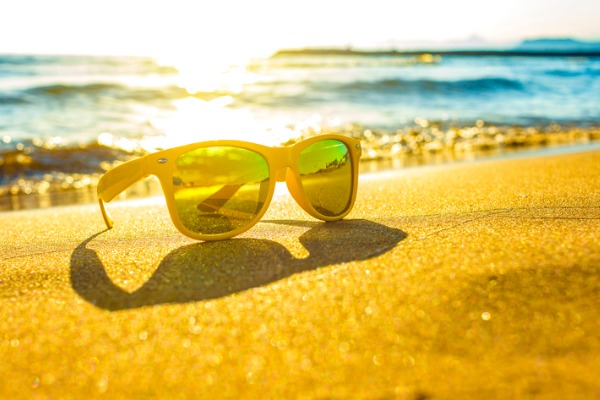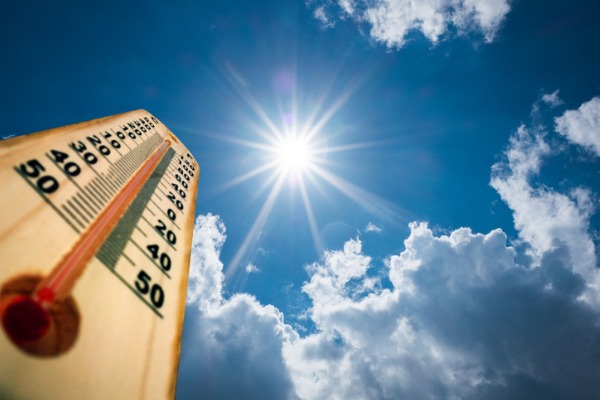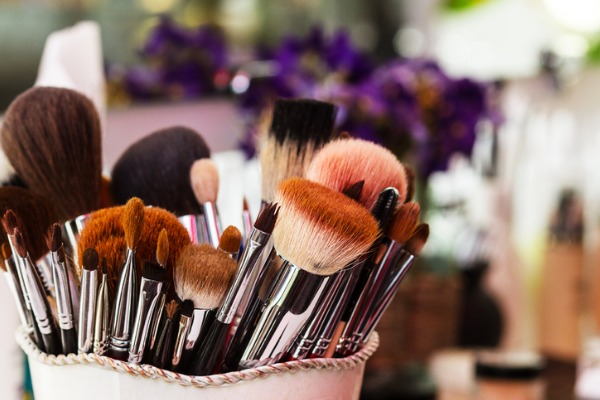
Keeping an “Eye” on Summertime Safety
Unfortunately, most eye injuries related to sun exposure and sports occur during the summer months.
Children spend countless hours outdoors during the summer. Baseball games, swim parties, barbecues, and endless days on the beach are all part of a healthy childhood experience. Unfortunately, most eye injuries related to sun exposure and sports also occur during the summer months. Proper eye protection for your child can significantly reduce the risk of injury and should be a top priority this summer.

Sun Safety
Excessive exposure to sunlight during childhood can be extremely harmful to the eyes. Sunlight contains dangerous ultraviolet (UV) radiation, which over time can lead to a number of eye problems, including injury to the surface of the eye, cataracts, and macular degeneration.
All children should wear sunglasses and wide-brimmed hats, especially between 10 a.m. and 2 p.m. when ultraviolet exposure is the most dangerous. UV exposure can be especially intense at high altitudes or near reflective bodies of water and bright sandy beaches. It is also important to recognize that clouds offer very little protection from the sun’s rays, as UV light passes easily through them.
There are two types of UV rays: UV-A and UV-B. Although most sunglasses block UV-B radiation, many do not afford UV-A protection. Effective sunglasses for children should block 99-100% of both UV-A and UV-B radiation. Be sure to read the label on the sunglasses closely and only buy those that meet these criteria. Wearing sunglasses without UV protection can actually make the situation worse since the dark lenses cause the pupils to dilate, allowing more of the dangerous UV radiation to enter and potentially damage the eye.
Many parents fail to provide proper eye protection for their child for fear that the child will frequently lose or break their sunglasses. Fortunately, suitable sunglasses can be quite inexpensive. When selecting a pair of sunglasses, it is important to remember that higher cost does not always correlate with better protection. Wrap around styles with large lenses that fit close to the eyes are best as they prevent the sun’s rays from entering through the sides of the frames. Parents can set a good example for their children by wearing sunglasses at the appropriate times.
Sports Safety
Eye injuries are also very common on the playing fields. Almost 50% of eye injuries in children occur while playing sports or participating in other recreational activities. Adequate prevention can significantly reduce the risk of your child suffering a sports-related eye injury this summer. Studies have shown that more than 90% of eye injuries can be prevented by wearing appropriate protective eyewear.
The majority of sports-related eye injuries are due to blunt trauma. The severity and type of injury depends on the size, speed and hardness of the object hitting the eye. Sports with high-velocity ball action such as tennis, soccer, golf, baseball, basketball, lacrosse, and hockey are potentially the most dangerous. Common eye injuries associated with sports are abrasions and contusions, corneal lacerations, retinal detachments, and fractures of the bones around the eye. Children suspected of having an eye injury should be examined promptly at an emergency room or by an ophthalmologist, as the serious nature of the injury may not be readily apparent.
Protective glasses or face shields are available for most sports. The best protective eyewear is a sports frame with polycarbonate lenses. Polycarbonate is a high-impact shatter-resistant plastic that offers ultraviolet protection and can be made in prescription or non-prescription lenses. Although many athletes wear contact lenses, they do not provide any protection against injury. Many believe that regular eyeglasses will protect their eyes; however, the lenses of regular eyeglasses can break upon impact and potentially lead to an even more serious eye injury.
It can be difficult to convince athletes, especially teenagers, to wear the recommended protective eyewear. It is important for parents, teachers and coaches to convey the importance of protective eyewear. Your eye doctor can recommend the eyewear that is most appropriate for your child.
Following the above guidelines can help make this a safe summer for your child. For more information, please visit:
www.aao.org/aaoesite/eyemd/children.cfm







